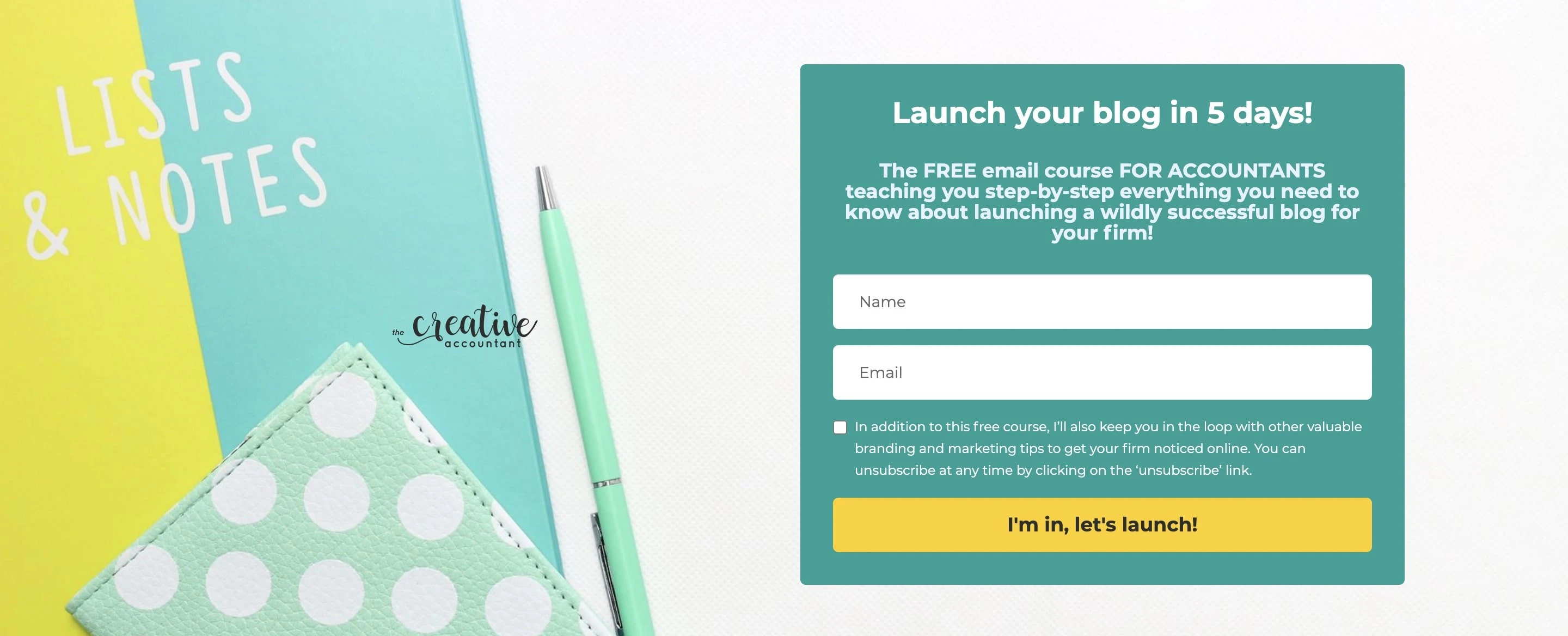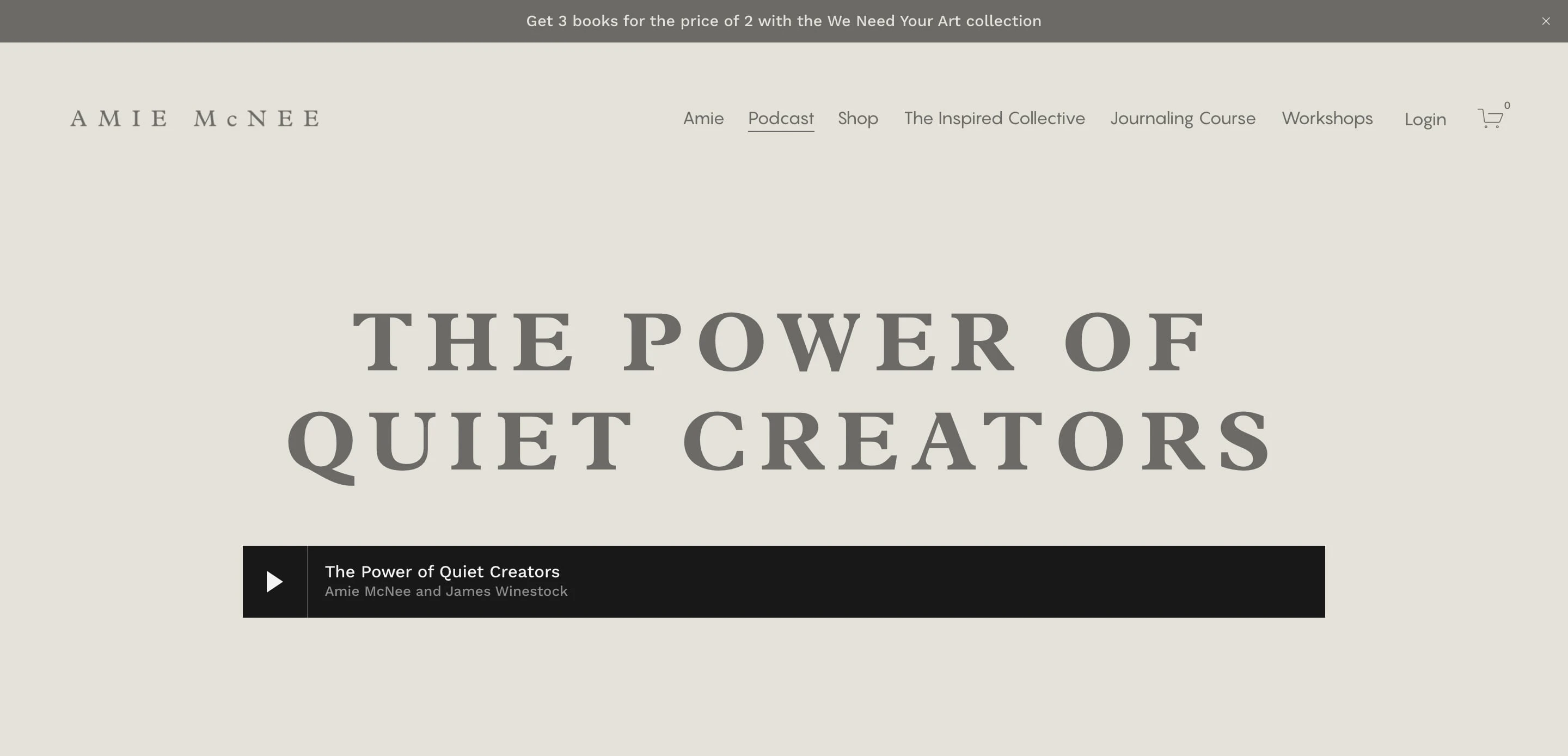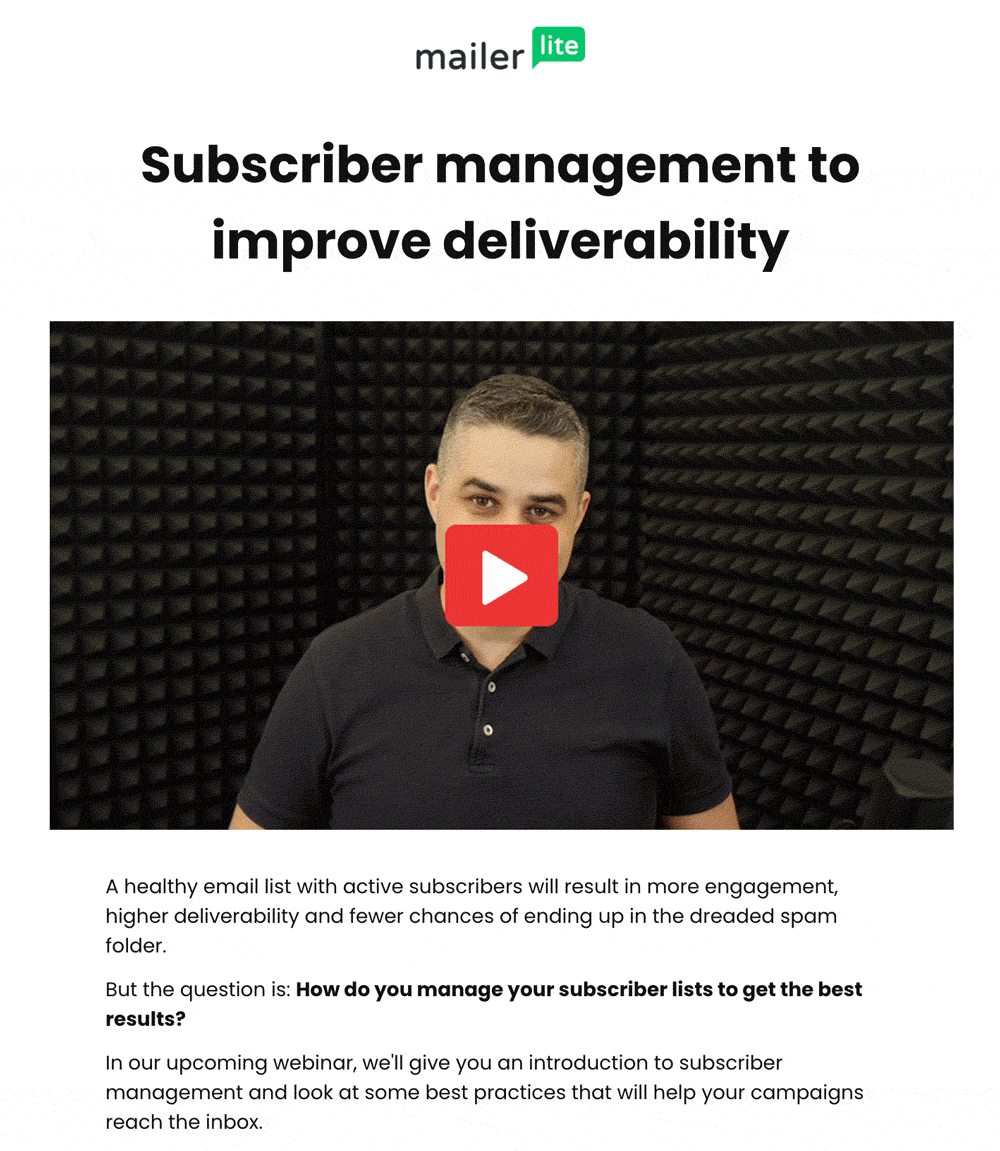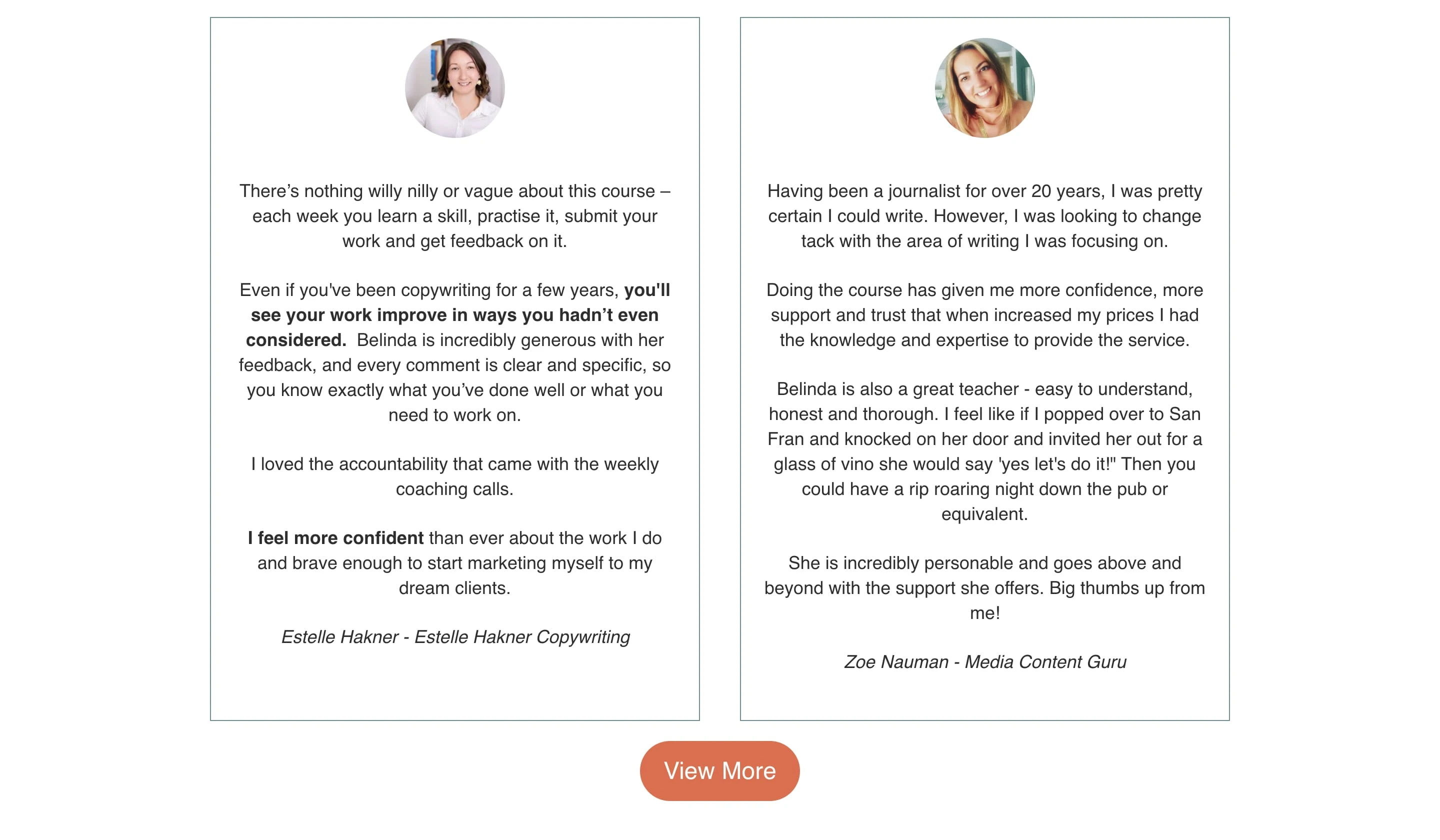How to create and sell your online course

Knowledge is power! And if you have knowledge to share, you can turn it into powerful passive income with your very own online course.
An online course is a class which is conducted over the internet. Unlike traditional in-person classes, you simply set up and record the content once, and then people access it whenever and learn at their own pace, while you earn a passive income.
Setting up and selling an online course is more straightforward than you might think. The keys to success are A) tapping into your expertise to find a course topic that people will sign up for, B) creating comprehensive, valuable course content, and C) marketing it to the right people.
Let’s walk through how you can create an online course that sells!
Why create online courses
Online businesses are booming, and digital products such as e-learning courses are becoming more and more popular.
If you need a little extra convincing, here are a few zingers:
Online learning is on fire: Growing from $101 billion in 2019 to $370 billion by 2026!
Low setup costs: Setting up your new course won’t break the bank—especially if you record and edit the content yourself.
Become an authority in your niche: Running an online course will set you apart from the competition, and boost your personal brand.
Generate a passive income: You set up a course once, and it basically runs itself and generates income while you concentrate on other things.
But wait! Teaching an online course is only for super-intelligent people with a PhD, right?
Not at all! 😉
If you dig a little deeper, you’ll realize that you have more expertise and experience than you give yourself credit for. Everyone has knowledge that they can share with the world.
Take a look at the kinds of courses people are creating.
Entrepreneurs: How they launched their startup
Business owners: Their insights on running a company
Companies: A certification program for a product (like MailerLite Academy)
Freelancers: Helping people become their own bosses
Coaches: How people can reach their full potential
Fitness trainers: Exclusive access to 12-week training and meal plans
Bloggers: Tips for running a successful blog, and/or offering a certificate in their niche (e.g. DIY expert, interior design, travel, etc.)
Authors: Courses that complement the book, and tips on the craft of storytelling
Artists: Demonstrating their creative process in a video course
Podcasters: How to start a podcast, and/or sharing information related to their niche
Speakers: Inspirational/ motivational content
Health professionals: Online certificates for personal and professional development
Designers: Design tips to help people create their own masterpieces
Developers: Beginner’s guide, with certifications
Beauty experts: Professional makeup and styling tutorials
… and the list goes on.
You have the experience to create a course too! Find your niche, identify a target audience, and then set up a unique course that will better people’s lives.
Btw, did you know that now you can sell your online courses directly in MailerLite? 🤩 Here's a step-by-step video on how to do that:
7 steps to setting up an online course
Raring to go? Excellent! Just remember to keep your target audience in mind every step of the way. These are the people who will pay for your course content. Every decision you make from now on needs to be focused on them.
With that in mind, here’s the step-by-step guide on creating your very own e-learning course.
Step #1: Pick your course topic 💡
If you haven’t already decided on a topic, think about the audience, and answer these questions:
What expertise do you hold in your niche? (Write a list of your competencies)
What problems within your niche do people need help fixing? What are their struggles?
What is the best approach to alleviate these challenges?
If you still aren’t sure, you could even survey your email subscribers and ask them what kind of online course they would sign up for.
Step #2: Validate your course idea 🤔
Once you’ve identified your course topic, it’s time to get feedback! Ask your audience what they think about your idea to see if it really is marketable. Here are some strategies you could use to validate your course topic idea:
Present your idea in a newsletter: Then include an embedded survey in your email to get people’s opinions.
Hold a quick poll on social media: For example, on LinkedIn, you could present your course idea and ask people to react with a ‘❤️’ if they would sign up straight away, a ‘💡’ if they aren’t sure, or a ‘🤔’ if they wouldn’t.
Run a pre-course pilot program: This is a free or low-cost bite-size version of your course. You can then run a survey after, to see what people thought of it (and they might even be a source of testimonials and reviews in the future)!
Step #3: Plan your course content 👀
Once you’ve validated your course idea and you know it will be marketable, it’s time to focus on the content. Think about how you’ll structure your course outline by asking yourself questions like:
Learning objectives: What will your audience be able to achieve, once they’ve completed the course?
Structure: How many sections/modules will there be?
Timing: How long should each class be? What total amount of time will the course take?
Format: How will you present the information? How can you appeal to different types of learners? (According to the VARK model, there are four types: visual, auditory, kinaesthetic and read/write learners.)
Script: How can you explain each topic in the clearest, simplest way?
Step #4: Get some audio/ video equipment 🎬
Now for the fun part—you get to record your content! People will be paying for it, so you need to make it look ultra-professional. This means having the right equipment and being prepared to hire an expert if needed.
Here’s a shopping list of the things you’ll need for your course creation. Some of these are a “must-have”, while others are a “nice-to-have” to add an extra flourish to your content.
❗Must-have❗
Camera: To record high-quality video content, you need to avoid your computer camera and invest in something nicer. Some smartphone cameras have excellent filming quality, but to be on the safe side, you may prefer to invest in a reasonably-priced camcorder or webcam.
Microphone: Quality audio is also a priority. Even if your camera has a microphone, it’s usually best to buy a separate one to plug in as well. Lavalier microphones (or “lav mics”) are also good, as they are small and unobtrusive, and can be clipped onto your clothing.
Editing software: Once you’ve got all your footage ready, you’ll need a reliable, easy-to-use video editing software. If you’re looking for a free but professional option, we recommend DaVinci Resolve 17. You can also check out this 2021 comparison to weigh up the different options out there.
✨ Nice-to-have ✨
Tripod: Shaky videos are a big no-no, so get yourself a tripod to stabilize the camera, and get the setup just right.
Lighting: The difference between an “ok-ish-video” and a “wow-that’s-amazing-video” is the lighting. An LED video light kit isn’t expensive, and it’ll make your video content look top-notch.
Green screen backdrop: A green board will allow you to add background images and text during the editing stage.
Expert: If editing isn’t your thing, then hire a professional to do it for you. They could also help with creating intro music and so on. You can find freelancers on professional sites like Upwork, Fiverr and Freelancer.
Step #5: Host your online course 🤝
Great! Your course is finished and ready to go out into the world. Now, you need to decide how to share it.
Option 1—Self-host on your own website: This allows you the most control and freedom, but you’ll need to be confident building and running your own site, or hire someone who can help you.
Option 2—Create an automated email series: With MailerLite, you can set up an automation workflow of a series of emails on your course content. No need to set up a whole site: you can simply share the course directly in your audience’s inboxes (this works best for text-based courses).
Option 3—Use an online course platform: Although you have less autonomy, using a pre-made platform is a straightforward way to get your online course out there, without needing as much technical knowledge compared to if you build your own website. For MailerLite Academy, we chose Thinkific for its straightforward, easily customizable interface and advanced features.
Option 4—Upload to an online course marketplace: There are open marketplaces like Udemy and Skillshare where you can upload and feature your online course. This allows you to get featured alongside other courses in your category, and to reach a wider audience through the marketplace. Just note that they may take a cut of the revenue, but it could be worth it.
Step #6: Decide on your pricing 🤑
Your price point depends on multiple factors, including the length of your course, how much you invested in it, the competition, and the outcome value for your audience. The most common pricing methods are:
Free: Creating free courses can work well as a lead magnet, and it will gather potential customers that you can upsell to. They could also be a source of testimonials.
One-time payment: Your customers will pay for everything upfront, and then have lifetime access to your online course.
Recurring payment/ subscription: People can pay monthly or annually to complete the course. For this model, you need to constantly create new content to keep people coming back.
Premium: People could pay extra to access a premium version of the course, for example where they receive a certificate of completion at the end.
If you are not sure how to price your course, take a look at similar courses. Do an analysis of the average prices and then experiment. If sign-ups are slow, consider offering it at a discount for the first 100 people to gain feedback and testimonials.
If you’re ready to sell your online course, Stripe is an online payment processor which you can add to your MailerLite sites. You can set up one-time and recurring purchases, then sit back and let it run itself! Find out more on how to sell digital products and subscriptions with MailerLite.
Step #7: Plan how you’ll attract customers 📣
Think about what steps your customers will take before they sign up for your course. In fancy terms this is called a “sales funnel”, but this just means that there are phases to how you’ll catch their interest and guide them towards buying the course.
You could split this into three stages:
Cold 🥶—People who aren’t yet interested in your online course
Warm 😊—People who have heard about your course, and might be interested
Hot 🔥—People who are really interested, but need one last nudge
How do you guide someone from being ‘cold’ to ‘hot’?
One strategy is to set up a series of automated emails which guide them through each phase. Here’s an example with different ideas that could work for you:

Attracting ‘cold’ leads 🥶
The priority here is to add people to your email list, so that you can follow up with further information about your online course as they move down the “funnel”. To do this, you need a good lead magnet (aka, incentive for them to sign up)! Here are some ideas:
Share a quiz on your website that is related to your online course. People can obtain their results in their inbox when they share their email address.
Offer a worksheet that links with your online course, which people can download when they sign up.
Send a free ebook or PDF guide to people when they subscribe, which acts as a precursor for the course.
Attracting ‘warm’ leads 😊
Now that people know about your online course (and are happy with their free ebook or quiz results!), you can crank things up. Give them a taste of what they’ll learn. Here are some ideas for inspiration:
Send a short email course that is linked to the course you are selling. For example, let’s imagine that your course is about “The 10 commandments for entrepreneurial success”. Then you could send a short automated training series on a related topic, such as “How to launch your business in 3 months”, which will draw people in and get them more interested in your big course!
Host a webinar (an online video conference) where you can present a related topic. This gives people a preview of your teaching style, and it shows what they can expect from your online course. Check out these successful webinar hacks to get a jam-packed room!
Launch a 30-day challenge that is linked to your course, with daily email encouragement and motivation. This gives people a practical taster of what you’ll be teaching. They can even share their progress with a social media hashtag, and get excited about your upcoming course.
Attracting ‘hot’ leads 🔥
We’re almost there! Now that your audience is primed and ready, you can pitch why they should pay for your online course. Here are some tactics to do just that:
Send them to a landing page that highlights the key benefits of your online course, with a persuasive call to action (CTA) where people can sign up. Check out this article on how to write high-converting copy for landing pages for inspiration!
Include a time-sensitive special offer, or share the first module for free as an incentive to sign up and get started.
This is just one approach to what your sales funnel could look like.
Next, we’re going to share even more marketing ideas that can help you to reach a wider audience —along with some examples to get your brain going.
10 ways to market your online course (with examples)
Phew! Your first online course is up and running, and now it’s time to get the word out. Here are 10 strategies that can get your e-learning course selling like hotcakes.
1. Build a website or landing page
Remember that sales funnel? Your course sales page is where you’ll explain the benefits to your audience so they’ll take action—just like this landing page by The Creative Accountant for their free email course.

You can build either a website and/or a landing page to promote the benefits of your course. The content should be optimized to address your target audience’s pain points, and motivate them to click the call to action (CTA).
2. Create lead magnets
The first thought that is likely to pop into your audience’s heads is “Yeah, OK, but what’s in it for me?” A lead magnet is an incentive for people to sign up. For example, you might offer a free PDF guide or the first module for free.

When Surfer SEO launched their brand new masterclass (above), they offered it for free until the end of February 2021. This was a great incentive for people to quickly sign up.
3. Grow your email list
Email is still the best channel to attract and nurture your audience. You can use automation to magically send emails at the perfect moment, and send more targeted campaigns with segmentation and personalization.
Building your email list (aka relationships with your subscribers) is a great way to promote your online course and guide your audience down that sales funnel. Add forms and pop-ups to your site, so that people can easily sign up.

Get Messy promotes their art journaling course by sharing a free class with people who sign up. This will grow their audience and allow them to upsell and promote future products.
4. Ramp up your social media presence
Being present on social media is a ‘must’ these days. You can use different platforms to promote your online course. Always remember to include a landing page link to drive people to learn more about the course.
LinkedIn: Especially to promote career-focused or B2B or e-learning courses
Twitter: To participate in threads and discussions linked to your niche
Facebook: Where you can join (or create) Facebook Groups in your topic area to find your audience and run Facebook Ads
Instagram: A highly visual platform where you can promote your personal brand and aesthetic
TikTok: This is the place to share fast, fun and engaging video content that hooks people in straight away
When it comes to social media marketing, you don’t have to spread yourself too thinly across all these platforms. It’s better to optimize your content and perform really well on one or two, rather than burning yourself out. Find out where your target audience is hanging out the most, and then concentrate your efforts on that social media platform.
5. Run paid ads
Following on from this, you can run paid Facebook Ads (and on Instagram too), to get your online courses out to a broader audience. Whilst it requires a little investment, it can really jumpstart your online course’s visibility.
6. Establish partnerships
Want to scale up your audience? Join forces with other course creators, experts, entrepreneurs and influencers. You’ll each benefit from one another’s following and be able to reach a wider audience with your course content.

Tony Robbins and Dean Graziosi regularly host masterclasses, webinars and online training sessions, together with other influencers to have a wider reach. If you’d like to partner up with others to promote your course, try joining communities with similar creators in your niche, or different online course groups.
7. Create valuable content across different channels
Whether you’re podcasting, blogging or YouTubing, make sure you regularly share quality content that offers value. Especially if you’re blogging and following basic SEO best practices, as this content can drive organic traffic from search engines and get more visitors to your site.

Amie McNee runs a journaling course for creatives. She also has a podcast called ‘Unpublished’, which encourages artists to embrace their creative process. By regularly sharing valuable content, she’s attracting a target audience that may later be interested in purchasing the course.
8. Host webinars
A webinar is a live online workshop or presentation. People can tune in from anywhere, and these types of events are known for their high conversion rates. You could launch a webinar related to your niche, and at the end, have a call to action for people to join your online course.

Marcin (our MailerLite guru) regularly runs webinars explaining the ins and outs of email marketing.
9. Gather testimonials
Social proof can play a major role in decision-making. How many times have you bought something after getting a recommendation from a friend? Similarly, sharing testimonials about your online course will add credibility and build trust in your product—meaning that people will be more likely to convert.
Pro tip: Include headshots from each reviewer, as this makes the review seem much more authentic. Video testimonials can also go down well for e-learning courses, and you can also repurpose them for ads, social media posts and so on.

On her copywriting course landing page, Belinda Weaver includes lots of testimonials to help encourage readers towards making the purchase.
10. Create an affiliate program
Once you’ve built up a following of loyal paying customers, you can give them an incentive to spread the word with their network.
Affiliate marketing is where people can promote your online course, and they will receive a small commission from referrals (aka, everyone who signs up through them). This is usually done through a personalized affiliate link.
People might create video tutorials, online reviews and how-to blog articles on your course—attracting even more potential students to sign up.
Ready to create your profitable online course?
That’s fantastic! Remember that you can integrate MailerLite with Stripe and sell your online course via your landing pages and websites.
And if you want to experience a top-notch online course to see how it works, you are invited to sign up for MailerLite Academy! It’s completely free. You can see an online course in action while also learning more about email marketing.
